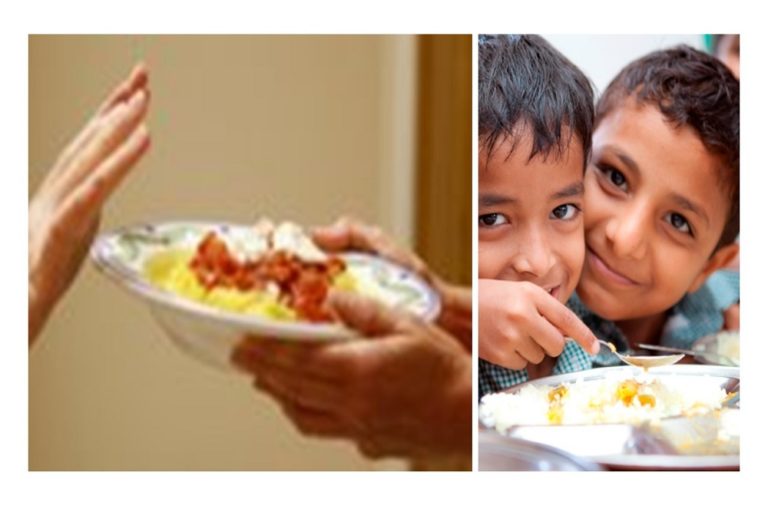
Our diets, and hence our nutrition, are often influenced by the perception about certain foods that are handed down to us by our elders and peers.
We’ve heard of body-shaming, fat-shaming, and other unkind and politically incorrect forms of criticizing people for their appearance or behaviour.
But how many of us have heard of “food shaming?”
Food shaming occurs when we have a certain perception –good or bad– about particular foods, and then try and adapt not just our own diets, but those of others according to those perceptions. Studies have shown that as a result of this “good” or “bad” reference, a feeling of shame or regret can occur when certain foods are consumed, which in turn can lead to disordered eating or unhealthy food habits. So it is important that we refrain from using judgmental or derogatory words while describing food. An important part of avoiding food shaming is to teach others/ your family and friends about right foods in a non-judgmental, positive way, and explain that some while some foods are more nutritious and help our bodies grow stronger; others may taste good but do not necessarily help us grow, or in fact might even cause us harm.
And while it applies to adults too, children are particularly vulnerable to food shaming.
Many of us do not even realize that we are creating a negative connotation to foods which could actually result in eating disorders. Hence we need to consciously avoid certain phrases, particularly when talking to children. For example:
“You didn’t eat enough. Take a few more bites and you can be done.” (“You didn’t eat enough” equates to: “Don’t listen to your body, listen to me instead.”)
“Finish your food. There are starving kids around us.” (This can make a child feel guilty and thus eat more than he or she really wanted)
“If you eat all your dinner, you can have dessert/ you can watch a video.” (In a way, we are teaching children that dessert is the best part or video comes as a reward But what if dinner were the best part?)
“Eat whatever you want, whenever you want.” (This can be just as damaging, as we are giving no guidelines, and because until a certain age, children need to be served nutritious meals at proper meal times.)
Instead, perhaps we could use terms that children can easily relate to, such as “grow strong foods,” “sporty foods,” “run-fast foods,” “keep-you-from-getting-sick foods,” or “beautiful hair /
skin foods.” We can ask questions like: “What will offer you the most fuel / power for what you are doing today?”
These foods-in-action terms will mean more to a child than catch-all phrases like “health foods” or “junk food.” After all, even pizzas can be made nutritious.
For those who believe that this is a particularly urban phenomenon, think again. For instance, mothers in rural areas often force children to drink their glass of milk, even if the child happens to be lactose intolerant, because in their eyes, milk is “good.” But while we can forgive their ignorance, we should not ignore it when we see it happening around us.
In fact, whether we are vegetarians, vegans or carnivores is often based not just on our upbringing, religion and environment, but also on the subliminal and often direct messages we receive as children to reinforce these perceptions of our parents, elders and community.
As adults, we have collected attitudes toward food and the ideal body shape that are often unintentionally passed down to our children, and in turn, to their children. While you cannot control all the messages your children hear, you can do your best to set an example and teach your children about how certain foods act upon their bodies and minds. This will allow you focus more on their character or accomplishments, instead of the size and shape of their unique bodies.
(The author is a health coach and diet counsellor @. www.sugatidiet.com)
Recent Post
Crafted by Webcreatore Digital Solutions LLP.






